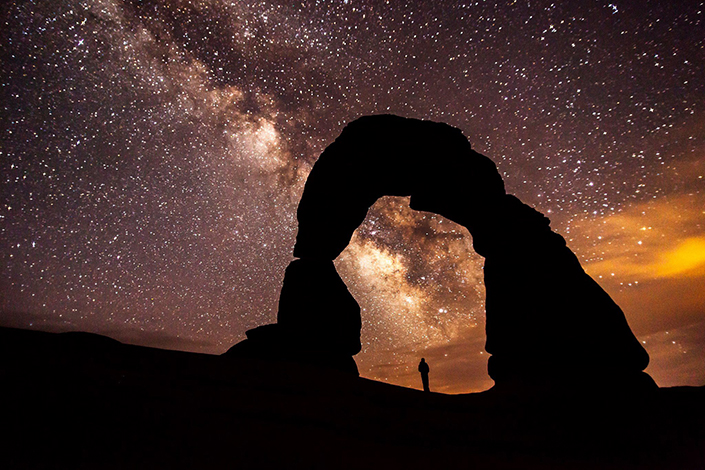To say Teddy Roosevelt was a wise man is an understatement. At the turn of the 20th century, in a time of rapidly increasing industrialization and the rapacious plundering of the natural world, Roosevelt got it.
The giant sequoias tucked away in the folds of California’s Sierra Nevada mountains could have been a source for millions of wood planks. Instead, they’re the source of millions of memories and a reflection on what it means to be human, thanks to efforts of conservationists, including Roosevelt, more than a century ago.
The coarse-grained wood encased within the sequoias’ burnt orange trunks tells a history that stretches well beyond our individual lifespans. These trees have lived through the birth of Christ, the Spanish settlement of the U.S., and the California gold rush.
Staring up from their gnarly base to their bushy crowns nearly 300 feet above the forest floor is to share a sense of wonder experienced by generations. It’s impossible not to be awed by their size — after all they’re among the largest living things on the planet.
Read the full story at Climate Central.
